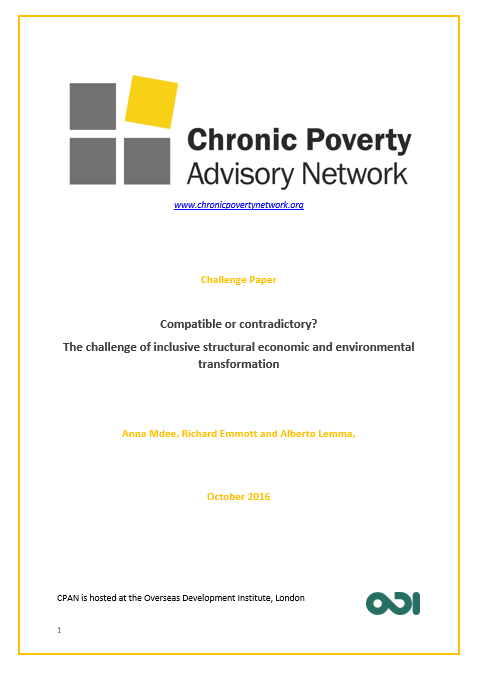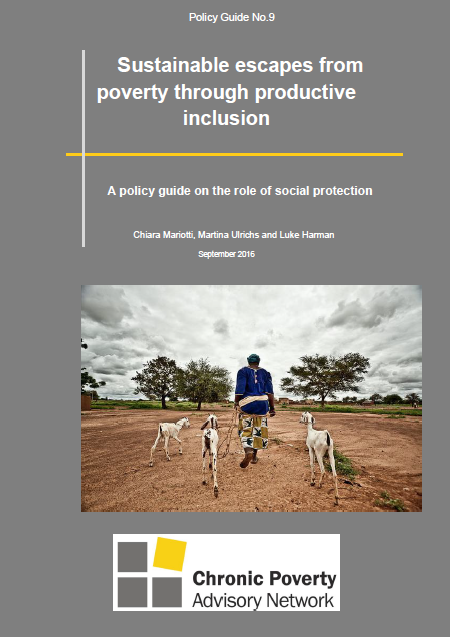What are the key features of existing programmes that allow poor people to sustainably escape from poverty in a cost-effective and scalable way? This is the question that this policy guide has investigated. Its has reviewed the contribution of social protection programmes in facilitating sustained escapes from poverty through the productive inclusion of poor individuals in low- and middle-income countries (LMICS).
This policy guide looks at evidence from social protection programmes with innovative designs that combine different interventions, either following a graduation approach or by building integrated social protection systems. This comparative approach is new and offers insights for policy-makers seeking to design integrated social protection systems that fulfill protective and preventive functions as well as maximise their promotive and transformative potential in order to lift people out of poverty in a sustained way.
The key messages are:
- Social protection can be a powerful driver of sustained poverty escapes through productive inclusion by linking cash or in-kind transfers with interventions that aim to increase a household’s productivity and its access to markets.
- Embedding graduation programmes into integrated social protection systems is a promising strategy to achieve this at scale.
- Reaching the poorest and most vulnerable groups may require a tailored approach, for example with a two-tier graduation programme that envisions interventions of different lengths for different people.
- Designing integrated social protection programmes that reach down to and serve the needs of the poorest people requires a more holistic approach to monitoring and evaluation
The report has been possible through the support of the German Federal Ministry for Economic Cooperation and Development (BMZ) and the Deutsche Gesellschaft fuer Internationale Zusammenarbeit (GIZ).
Click below to download:
Authors: Chiara Mariotti, Martina Ulrichs and Luke Harman
CPAN has recently produced another policy guide on 'Social protection: Improving its contribution to preventing households falling into poverty'. Click here to access it.


